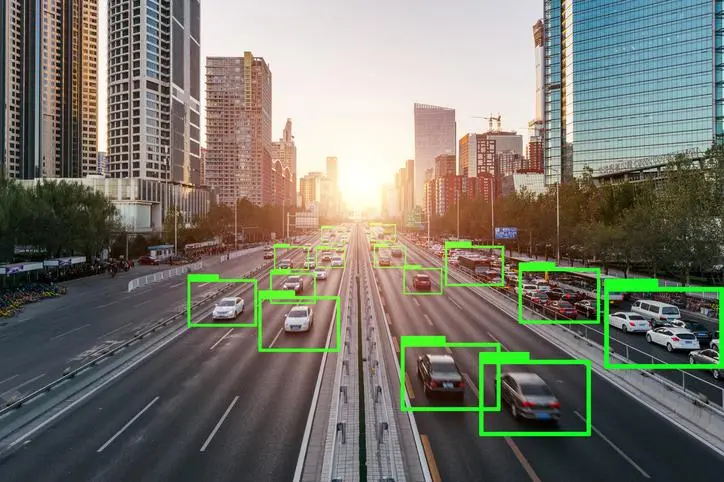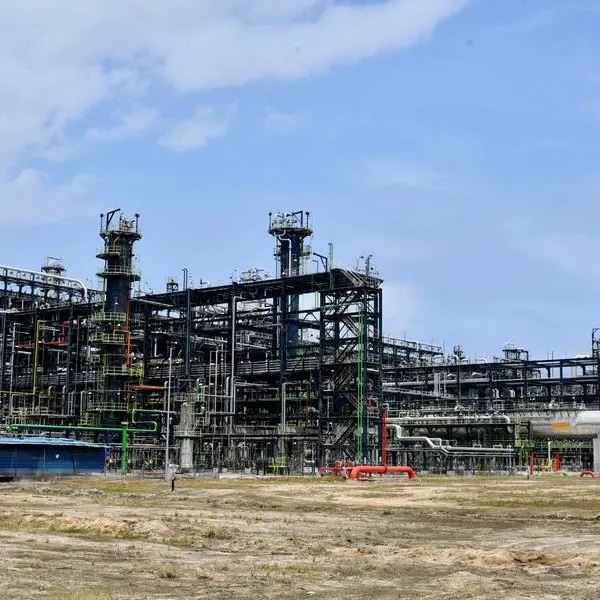PHOTO
With Artificial Intelligence (AI) adoption accelerating, fleet telematics systems are set to expand their route optimisation, vehicle diagnostics, and driver behaviour capabilities, shaping mobility and safety in ways that could influence present, future, and even historic events. By leveraging vast data sets, AI can instantly and accurately generate a clear picture of past, current, and emerging risks.
The rapidly expanding and widespread use of systems like AI language models and other natural language processing (NLP) tools is opening people’s eyes to the remarkable abilities of AI to integrate various sources. This integration allows AI to provide comprehensive, microscopic details about literally everything, in real-time.
This is no exaggeration. With the only limitation being access to reliable data, AI is able to quickly make detailed connections between various data points, resulting in extremely precise and continually improving analyses over time.
As credible data sources begin to interconnect, organisations can make vastly better decisions around business operations and public safety in an integrated way.
Data from all government agencies (especially municipalities), law enforcement, emergency medical services (EMS), private security, vehicle tracking companies, closed-circuit television (CCTV), mobile data, national population data and vehicles themselves can be analysed in infinite ways to generate cohesive insights.
Usability
AI enhances telematics systems by providing rich reports based on real-time data, which helps users make quick and informed decisions. It allows for customisation, so systems can be tailored to meet specific needs and preferences.
Seamless integration with other platforms creates a unified view of information, while automation reduces manual input and minimises errors. Overall, AI improves data accuracy and efficiency, making telematics systems more user-friendly.
Real-time telematics possibilities
Live and historic traffic data can be overlaid with information about active road incidents, public protests, weather conditions, and even active crimes to generate accurate results using predictive analytics.
Systems can recognise complex patterns across all data, allowing on-board telematics to identify areas with higher probabilities of various risks such as crime, crashes, congestion, and roadworks. This allows for real-time traffic diversion, to not only cut travel time but also reduce stress on all road users.
Future-proofing with telematics
Beyond making roads more efficient, data produced by telematics devices from vehicles, including advanced fleet dash cam data, can unlock powerful predictive analysis using billions of parameters, or variables.
Driver behaviour data combined with security data can expose crime hot spots, allowing law enforcement to position vehicles for faster reaction times.
In the private security sector, accurate predictive models can enhance tactics and procedures, while EMS already uses heat map generators to track the most active crash zones. Using heat tracking to identify areas with high rates of stabbings and shootings, responders can strategically position security and ambulances.
Theft rates and insurance costs
In 2024, rising vehicle theft rates in South Africa have driven up insurance premiums and heightened security concerns, especially for high-value vehicles. For example, nearly 6,000 hijackings occurred in the fourth quarter of 2023, mainly in Gauteng. In response, some insurance companies have started offering lower insurance premiums through discounts for vehicles equipped with telematics devices.
This technology has even improved the efficiency of emergency services by providing real-time data, leading to faster response times and better fleet management, thus reducing crime and lowering insurance costs overall.
Vehicle theft prevention and investigation
Modern telematics systems provide real-time GPS tracking, which allows fleet managers to monitor vehicle locations continuously and respond swiftly to theft incidents. Features like geofencing send alerts when vehicles enter or exit predefined areas, helping prevent unauthorised movements.
Additionally, these systems maintain historical location data and driving behaviours, which can be crucial for investigating theft and identifying suspicious activities.
With access to live data, telematics systems can rapidly move forward and backward in real-time, analysing vast amounts of evidence faster than any human investigator, and picking up patterns that humans may miss.
By demonstrating an ability to reliably solve cold cases, smart telematics can act as a further deterrent against potential criminals, whilst enabling first responders to make much more educated decisions in resource allocation.
All rights reserved. © 2022. Bizcommunity.com Provided by SyndiGate Media Inc. (Syndigate.info).























